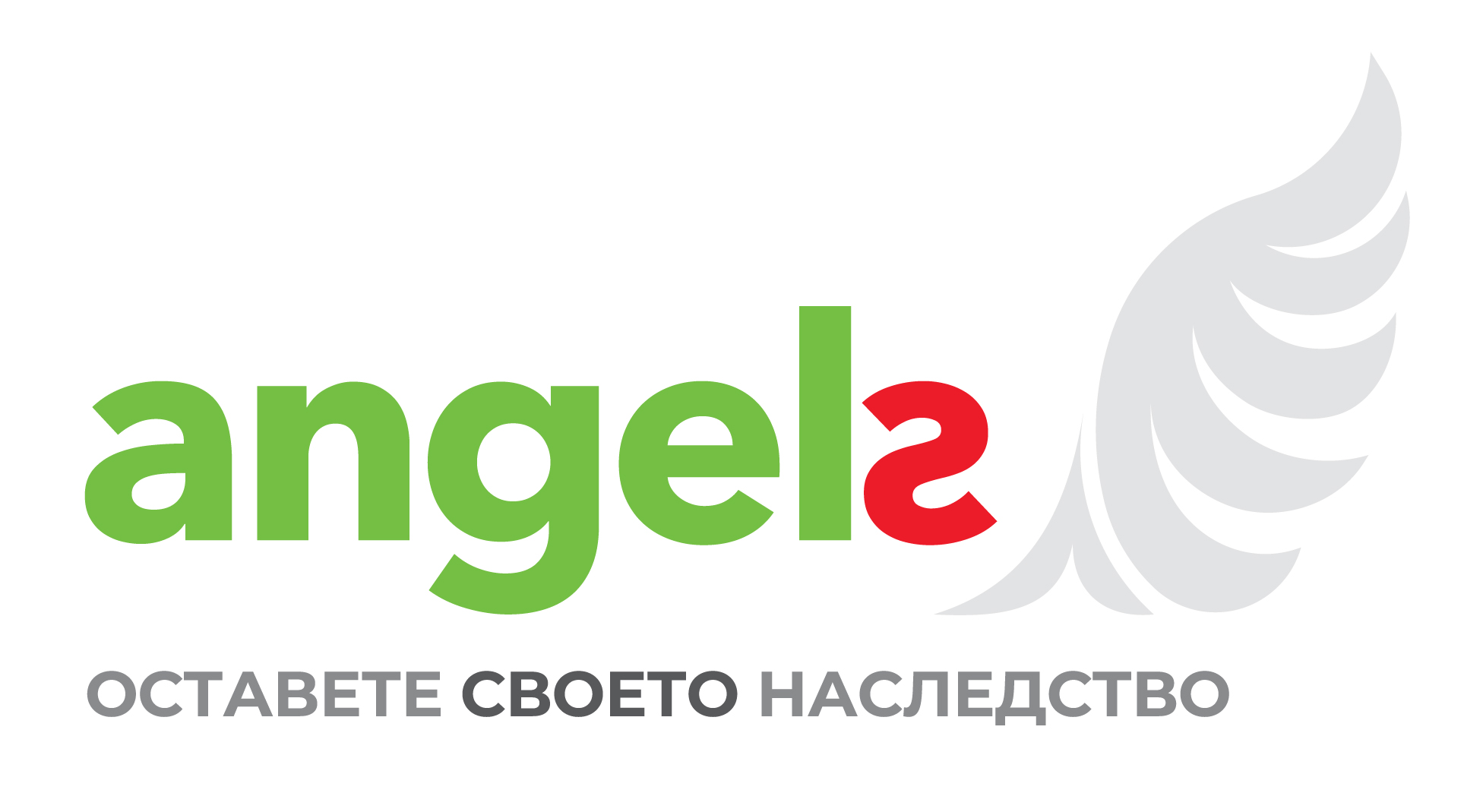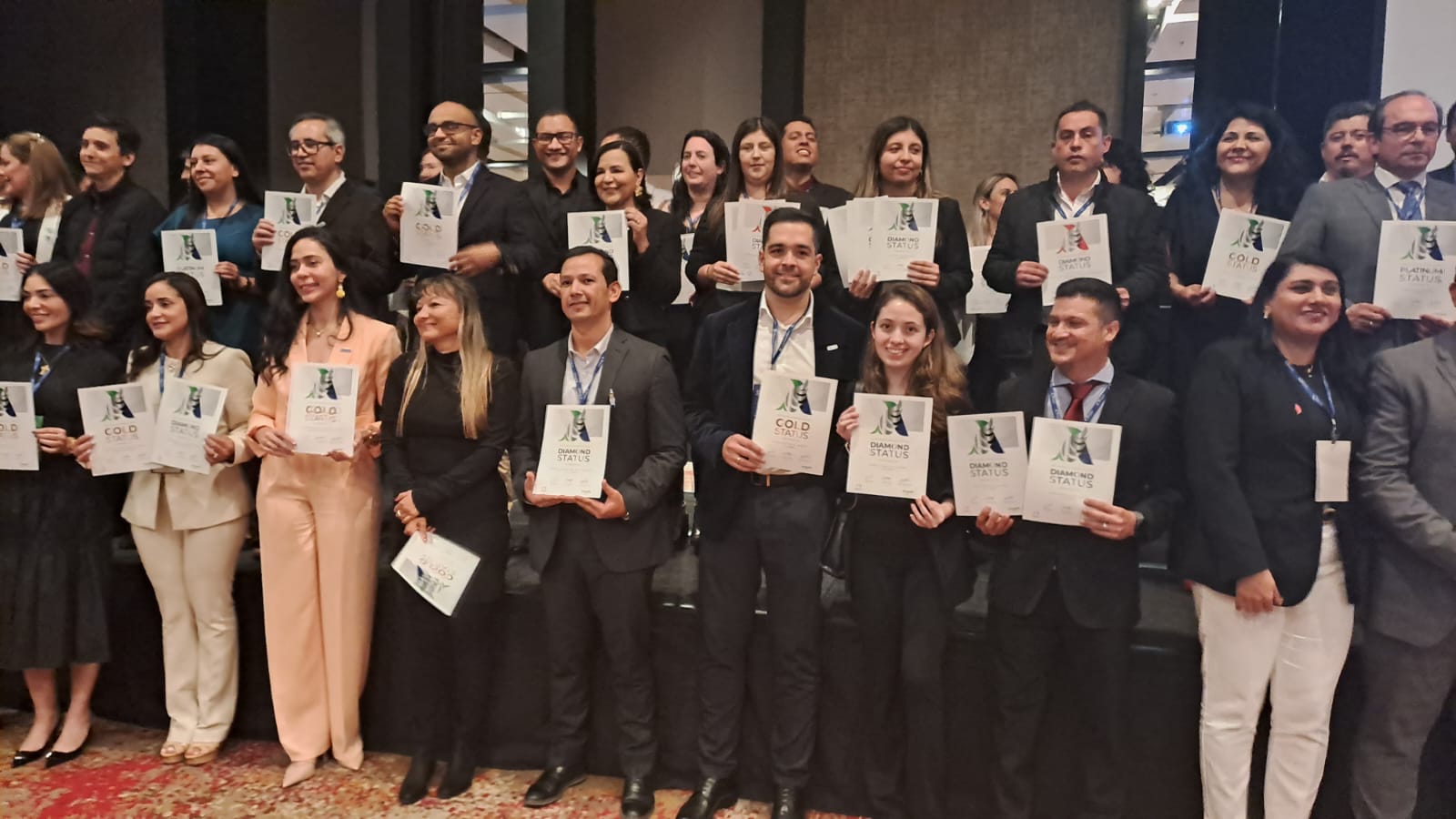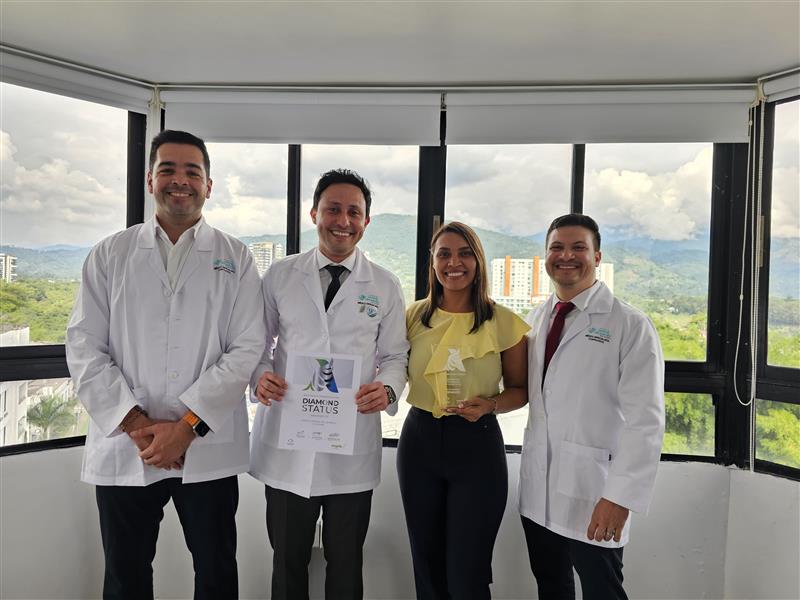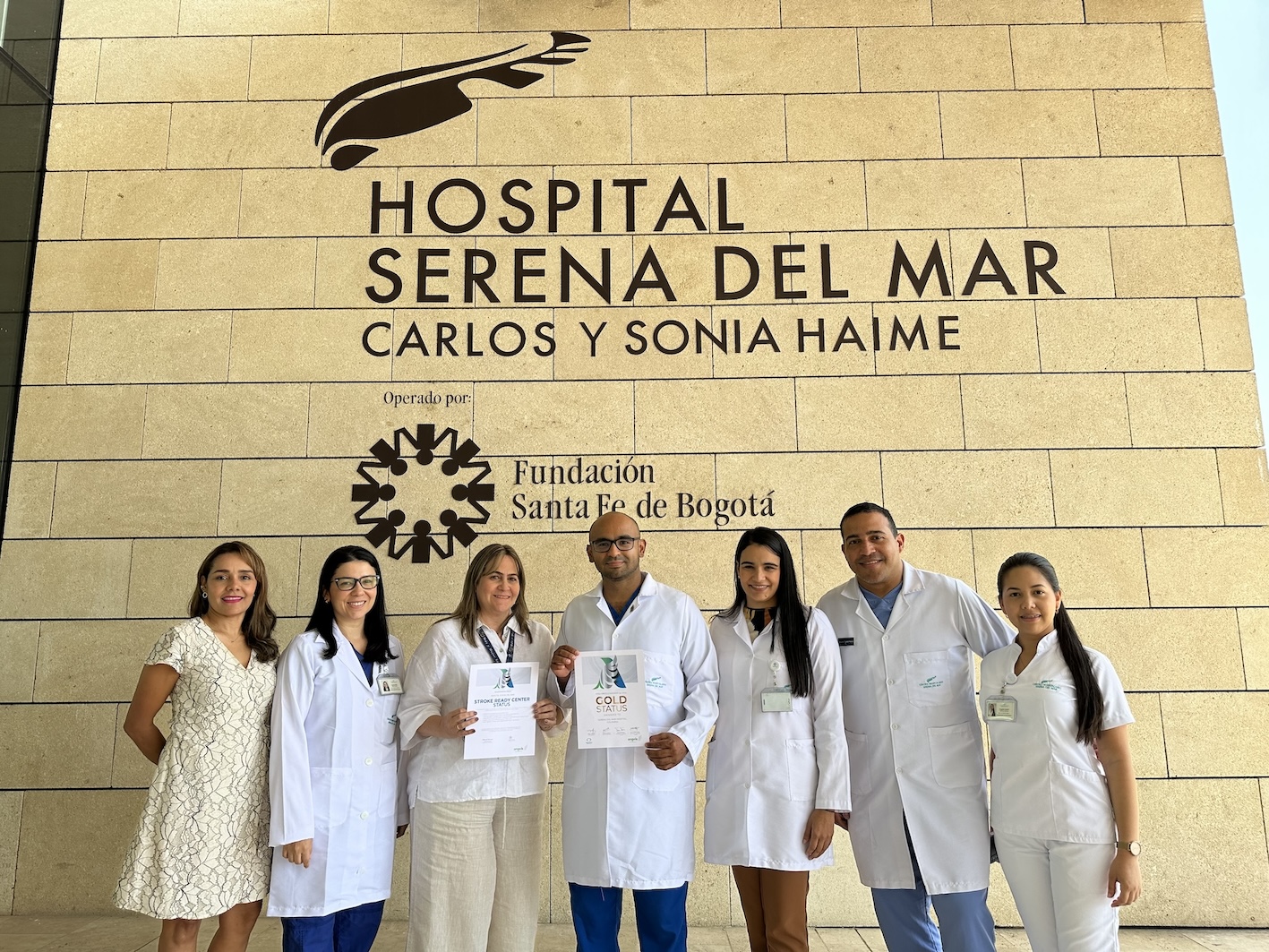Чували сте сирена, преди линейката да се появи, а аварийните светлини мигат с предупреждение към други превозни средства и минувачи, докато тя се нанася по улиците на Охрид по посока на Общата болница на улица „Сирма Войвода“.
Вътре в линейката е бил д-р Михаил Киков от спешна медицинска помощ, който е посещавал пациент, и д-р Мая Бозиновска от Специална болница „Св. Еразъм“ в непознатата роля на съответния роднина. Чакаше на аварийния вход за пристигането на пациент, д-р Голубе Василевска, който „лекува“ пациент 17 минути след пристигането му.
В шофьорското отделение Angels консултант“ Мария Шервердина трябваше да захване таблото, за да остане на мястото си.
„Те караха нашия пациент, сякаш това е истинска спешна ситуация“, разказва тя за първата в историята симулация на инсулт, която се провежда в Охрид, град, разположен на едно от най-старите и най-дълбоките езера в Европа, на границата с Албания. Преди да започне симулацията, тя направи кратка презентация, за да напомни на всички за това, за което се борят - да се създаде център за лечение на инсулт, който да обслужва 200 000 души, които живеят в Охрид и близките край езерото градове Струга, Дебар и Ресен.
За да се разбере тяхната стратегия за постигане на тази цел, тя помага да се помисли за взаимноизгодната връзка между пчела и цвете, или между риба клоун и анемон. В природата се формира симбиотично партньорство за решаване на проблеми чрез сътрудничество, при което всеки от тях подобрява другия. Проблемът с грижите при инсулт в Охрид също ще бъде решен чрез стратегическа симбиоза между две болници с различни и допълващи се набори от ресурси.
Дестинацията на тази високоскоростна симулация е Общата болница в Охрид, голямо съоръжение с трима невролози, които са готови да направят вълни – главният невролог д-р Моника Петровски и нейните колеги д-р Ксения Майсторович и Голубе Василевска. Въпреки обширните им умения, до март тази година само един пациент с инсулт е претърпял тромболиза в този център. Това лечение е проведено от д-р Моника в кардиологичния отделение, който е обзаведен с необходимите монитори и оборудване.
Липсата на оборудване в отделение по неврология е ограничила капацитета им за лечение на инсулт. Това от своя страна води до допълнителен ограничаващ фактор – липса на опит.
Проблемът ще бъде решен, както следва: Чрез обединяване на ресурси и експертиза, в Общата болница трябва да се създаде система за лечение на инсулт, която не само да я превърне в център за лечение на инсулт, но и да реализира потенциала си да се превърне във водеща болница в региона.
На 11 минути път с кола е Специалната болница за ортопедия и травматология на Охрид „Св. Еразъм“, работното място на невролога д-р Мая Бозиновска. Тя е опитен строколог, член на борда на Алианса за инсулт за Европа (SAFE), а от 2014 г. е основател и президент на STROKE Ohrid, ESO и SAFE, подкрепена местна асоциация за инсулт.
Мария казва: „В Македония има много трудности, един от които е липсата на държавна подкрепа. Инсултът изобщо не се счита за приоритет, а честите промени на държавно ниво карат хората да загубят надеждата и мотивацията си. Обстоятелството доминира. В този контекст, когато намерите хора, които са готови и не спират да вярват, те са съкровище.
„Д-р Мая е този лекар, който се придържа към мечтата всеки пациент с инсулт да има достъп до лечение – не като функция на обстоятелството, а като резултат от добре установена система за управление.
„Препятстващият блок е, че докато болницата й има достъп до КТ и добре обучени рентгенолози, те нямат персонал, който да сформира екип за лечение на инсулт и д-р Мая знае, че няма да може да изгради център за лечение на инсулт самостоятелно.“
Мечтата се нуждае от екип и този екип живее в Общата болница, където с подкрепата на д-р Мая организирана пътека за инсулт ще види светлината.
Има още два ключа за успеха на това предприятие. Едното е осигуряване на сътрудничеството на СМП, което лесно се постига благодарение на ентусиазма на участието на ръководителя на СМП д-р Любка Николовска и нейния колега д-р Михаил Киков.
Следва влиятелната роля на директора на болницата (на Общата болница) д-р Асен Шейн, чието присъствие на първоначалната среща през ноември миналата година означава, че някои проблеми могат да бъдат решени на място. Незабавно е получена инфузионна помпа (необходима за приложението на тромболитичното лекарство).
Проектът ще разчита на постоянната му подкрепа за придобиването на монитори и комплекти за тестване на POC, които ще подобрят недостига на оборудване и ще осигурят достатъчно количество тромболитично лекарство.
За екипа в Общата болница, който получава пациент с инсулт в рамките на прозореца за лечение, но няма лекарство, с което може да спаси живот, е невъобразимо разочароващо. За пациент това е трагедия.
За да отговори на останалите притеснения, включително неопитността и предизвикателството за изграждане на капацитет за 24-часова услуга, Мария изигра майсторски удар, кани д-р Дмитро Лебединец да се обърне към екипа на Охрид по време на онлайн събитие през декември. Д-р Лебединец е ръководител на центъра за лечение на инсулт в болница Feofaniya в Киев и ръководи група от експерти по неврология и неврохирургия в украинското Министерство на здравеопазването, които през последните пет години са направили Украйна изключителен пример за това как да се изгради и подобри лечението на инсулт.
„Д-р Дмитро знае всички насоки по-добре от всеки друг“, казва Мария, „и има опит от първа ръка в създаването на услуга за инсулт от нулата. Той обясни изискванията за създаване на специализирано отделение за инсулти, така че те да могат да се съсредоточат върху това като дългосрочна цел, и сподели своето собствено пътуване с инсулт, включително опита си в работата с липса на ресурси.“
Всичко беше възможно, каза той. И след като отговориха на въпросите им, екипът на Охрид също започна да вярва в това.
След симулацията през февруари, първият пациент вече е лекуван в отделение по неврология в Общата болница. Програмата за обучение продължава със семинар за медицински сестри, проведен от главния медицински директор на Македония, сър Гордана Димеска от столицата Скопие, и презентации от д-р Мая за тромболизата и пътеката на пациент.
Мониторингът на качеството ще осигури непрекъснато подобрение и болницата и СМП сега изпращат своите данни за пациент за RES-Q, за да получат обратна връзка и да станат пригодни за награда „Ангели“.
Симбиозата помага на живите същества да създават иновации и да процъфтяват в продължение на милиарди години. В градове като Охрид, където лекарите трябва да разчитат на себе си, за да осигурят по-добри резултати за пациентите, партньорствата между болниците и обединяването на ресурси са източник на надежда и сигнал, че всичко наистина може да бъде възможно.




